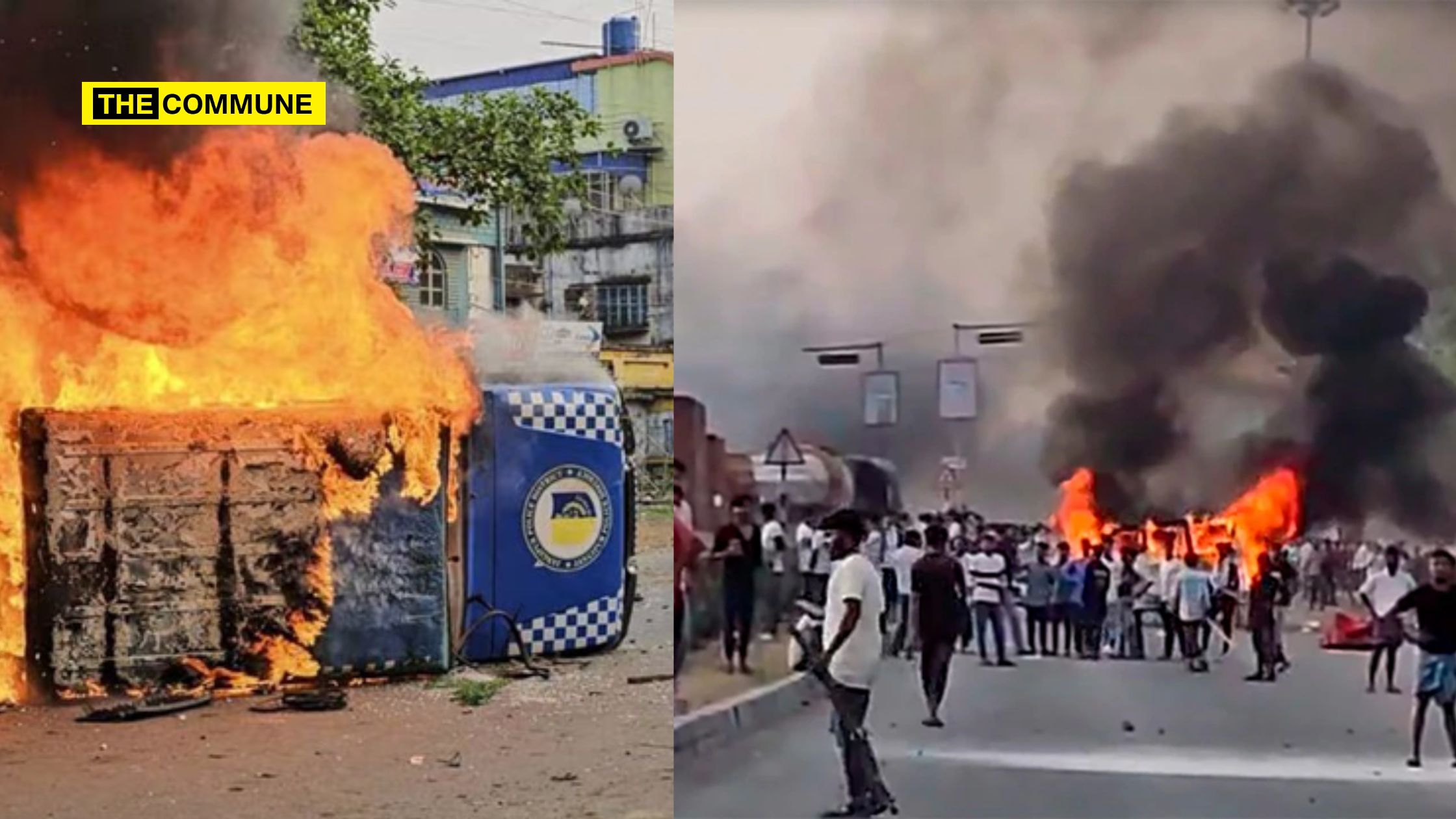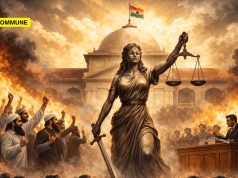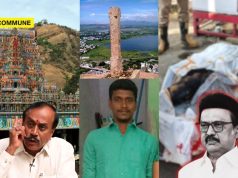
Security agencies have uncovered a disturbing new dimension to the recent wave of violence in Murshidabad, linking the riots to cross-border infiltration by jail-broken militants from Bangladesh. According to intelligence sources, at least 20 operatives affiliated with the banned extremist group Ansarullah Bangla Team (ABT) played a key role in orchestrating violence across multiple locations in the district.
Investigators allege that the militants—many of whom had escaped custody during the political upheaval in Bangladesh following the fall of the Sheikh Hasina government—entered India through the porous Suti border in Murshidabad. Disguised in burqas to avoid detection, the militants reportedly split into three operational units and led coordinated attacks in Shamsherganj, Suti, and Dhulian.
The infiltrators include known extremists identified only by their aliases—‘Ripon’, ‘Jewel’, ‘Ekramul’, and ‘Mizan’. Sources say their presence in the region was part of a larger, premeditated plan to spark communal unrest and destabilize the region. These operatives, according to security personnel, maintained continuous contact with handlers across the border, who issued real-time instructions—mirroring the coordination seen during the 2008 Mumbai attacks.
Early signs of the impending violence surfaced as far back as January. Intelligence officials revealed that unidentified individuals on motorcycles had conducted surveillance operations in ward number 7 of Dhulian, hurling stones at select residences and mapping routes and potential targets. Despite the clear indicators, these early warnings were not acted upon decisively.
By April, the plan was in motion. The violence that erupted in Singhapara, Lalpur, and Gorur Hatpara—all in Dhulian’s ward 7—closely matched the areas previously surveyed by the outsiders. Investigators now believe the reconnaissance mission was used to prepare for large-scale arson and looting.
The blueprint reportedly included violent attacks on government infrastructure—railway stations, BDO offices, police stations, and power supply installations were all marked for destruction. In one chilling instance, masked rioters attempted to kill a senior police officer by igniting a gas cylinder. The officer narrowly escaped with his life.
Beyond state property, targeted violence extended to private homes. Witnesses recount how masked looters terrorized families, threatening to set children ablaze unless valuables were handed over. Investigators have described the attackers as “hired looters” backed by a radical ideological network and steered by transnational handlers.
The backdrop to this violence includes local unrest over the new Waqf Act, which had already triggered protests across the district. Intelligence agencies had picked up on provocative speeches in Raghunathganj and Dhulian, where threats were openly made to “enforce the Bangladesh Line” if the law was not withdrawn. Despite this, authorities failed to anticipate the scale or coordination of the actual violence.
Officials now believe that the chaos in Murshidabad was part of a broader strategy by fundamentalist groups to exploit communal fault lines in border regions, emboldened by the shifting political climate in Bangladesh under Nobel Laureate Muhammad Yunus’ government. Areas adjacent to the Indian border, such as Rajshahi and Chapai Nawabganj, are reportedly witnessing growing militant control—making infiltration into India both easier and more dangerous.
The full extent of coordination between domestic and foreign actors in the Murshidabad riots is still under investigation. However, sources within the security establishment warn that the events of April may be a precursor to more such attempts to inflame tensions along India’s eastern border.
(With inputs from Bartaman Patrika)
Subscribe to our channels on Telegram, WhatsApp, and Instagram and get the best stories of the day delivered to you personally.




